Sustainable living is something we want to explore more as it’s integral to living a minimalist, vegan lifestyle. That said, finding sustainable, vegan-friendly clothing has been a huge pain point for us, and we’re sure it’s been challenging for you as well.
That’s why we’ve partnered with Summer Edwards, a sustainable fashion writer and consultant. She’s going to give us some great tips on what sustainable vegan textiles to look out for when shopping. You can find more of her work over on her blog at tortoise & lady grey as well as her Guide to Sustainable Textiles. Take it away, Summer!
Committing to a vegan lifestyle eliminates several prevalent textiles in your wardrobe. Thankfully there are many viable alternatives with which to create your cruelty-free wardrobe.
However, many of the most commonly used vegan textiles—such as pleather, conventional cotton and synthetic textiles—are incredibly harmful to the environment and the people that produce them.
Unfortunately, many conventional vegan fashion brands promote themselves as sustainable and cruelty-free, when the materials that they use do a significant amount of harm.
A genuinely cruelty-free wardrobe is one that avoids adverse impacts on animals, people and the environment. The good news is that there is a wonderful array of vegan textiles that are genuinely sustainable. Below are my recommendations for textiles to look out for when building your sustainable vegan wardrobe.
1. Organic cotton
Conventional cotton is the world’s dirtiest crop. Poor protections mean that farmers and the environment are exposed to these harmful chemicals in huge numbers, with significant health implications.
There’s also a significant degree of forced and child labour involved in the global conventional cotton supply. The high costs of GM cotton, and the requirement to purchase patented seeds each year are the direct cause of high rates of farmer suicide due to crippling agricultural debt. To avoid these impacts, make sure your cotton clothing is organic.
2. Lyocell and Modal
Lyocell and modal are fibres manufactured from wood pulp. These use chemicals in production but are free from harmful solvents. Also, the processes are closed-loop (meaning that the chemicals are captured and reused over and over again).
However, wood pulp must come from a sustainable source. To ensure this, look for a modal that is manufactured in North America or Europe.
Chinese and Indonesian modals are driving rainforest destruction in Indonesia. Tencel is a certified form of lyocell that is guaranteed to be made from sustainable wood pulp.
Bamboo lyocell is also an excellent sustainable option because bamboo is a very sustainable crop. However, most bamboo fabric on the market is bamboo viscose. Viscose is another way of converting wood pulp into textiles, but it uses harmful solvents, and the chemicals are not captured and reused. Viscose (bamboo or rayon) is not sustainable and is best avoided.
3. Linen (Flax)
As a vegan, you are probably very familiar with flaxseeds. Linen is a textile that is made from the reed of the flax plant. It has been manufactured traditionally in Europe and Japan for several thousand years and is a very sustainable option.
However, Chinese linen uses conventional fertilisers and has an increased impact, so look for good quality European or Japanese linens for your most sustainable options. These options are also much higher quality, which is essential when you are creating your sustainable wardrobe.
4. Hemp
Hemp is another wonderful plant-based fibre with significant environmental benefits. It can be grown on marginal land, so it does not take productive land away from food crops. Hemp is beautifully soft and is increasing in popularity.
5. Soysilk and Peace Silk
Soysilk is a silk-like fabric that is manufactured with the soy residue leftover from producing tofu. However, it does use formaldehyde in the production process, which is a known carcinogen.
If you’re specifically looking for a silk alternative, this is a reasonable option. But I personally wouldn’t go out of my way to seek it out.
Some vegans may also be comfortable wearing Peace Silk. This silk is made from the silkworm cocoon once the fully grown moth has abandoned it. No worms or moths are harmed or exploited in the process, and Peace Silk is wild-harvested rather than farmed.
Further reading: Is Silk Vegan? The Answer Lies In The Process
6. Pineapple Leather and Other Sustainable Vegan Leathers
Conventional vegan leather is PVC, an extremely toxic textile that leaches harmful chemicals as it degrades. PVC can never be considered sustainable, but unfortunately, many vegan brands portray it this way.
Luckily, you needn’t turn to PVC to meet your vegan leather needs. Pineapple leather is manufactured from the leaves leftover after farming the fruit and is entirely biodegradable.
It has already been adopted by quite a few vegan shoe brands already and is worth seeking out. Kombucha leather is a new development and may increase in availability, so it is worth looking out for. Cork leather – a leather-like material made from cork bark – is another vegan option in footwear and handbags.
Further reading: What Is Vegan Leather?
7. Recycled Nylon and Polyester
Conventional synthetic fabrics are very harmful to the environment. Thankfully, you can increasingly find recycled options which take the fabric waste from factories or old garments from consumers and recycled them into new textiles.
Choosing recycled options, particularly for garments like swimwear and pantyhose, is worthwhile. However, fibres from washing our clothing are one of the biggest sources of microplastic pollution in the oceans.
I would avoid even recycled nylon and polyester as much as possible, except for those garments where the performance of a synthetic is necessary. I’ve purchased organic cotton swimwear before, and these degrade far too quickly in a swimming pool. So I would argue that recycled synthetics are necessary for some uses such as swimwear.
Final words on sustainable vegan textiles
Of course, you can also choose to buy your clothing second hand to build your sustainable wardrobe. But I also think it is important to buy some of your sustainable garments new. Doing so helps develop our genuinely sustainable alternatives to the conventional fashion industry. Hopefully, this list shows you that it is possible to make vegan choices for your wardrobe that are also sustainable ones.
If you’d like to know more about these textiles, and the research behind all of my recommendations, head over to my blog tortoise & lady grey or check out my Guide to Sustainable Textiles.
Other articles you’ll love:
- 50+ High-Quality Ethical & Sustainable Clothing Brands
- The Link Between Consumerism and Toxic Chemicals
- 100+ Simple Tips To Live a More Sustainable Lifestyle
- Where is Away? The Epidemic of Plastic

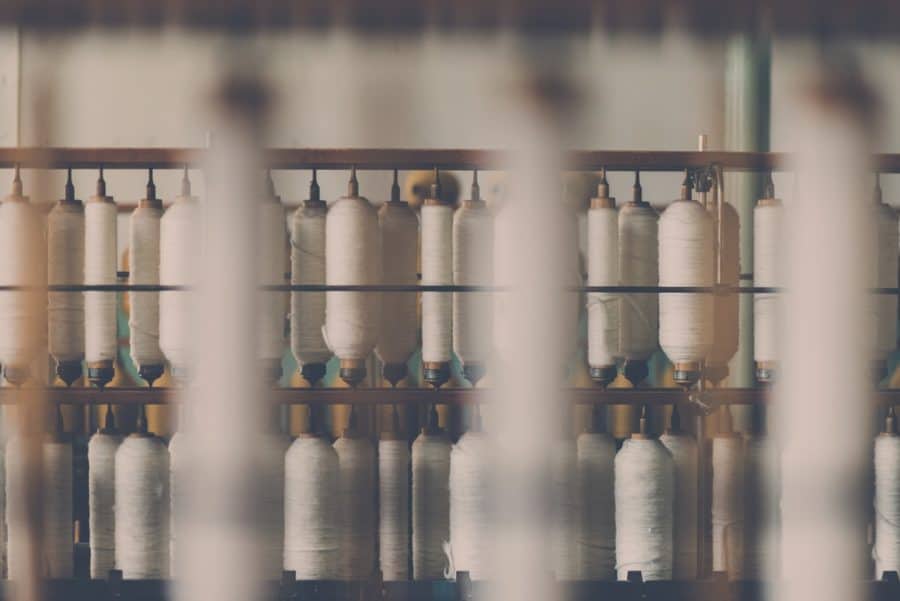
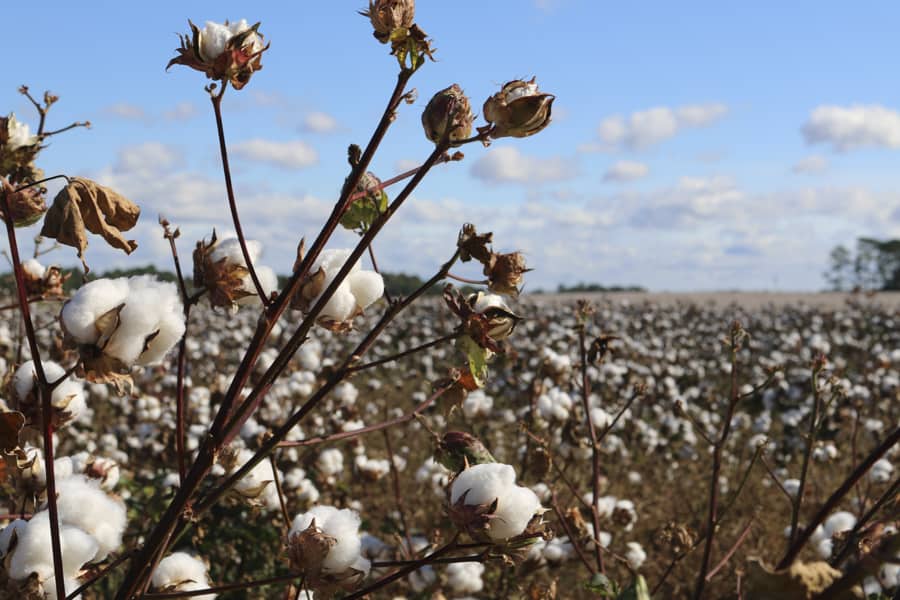
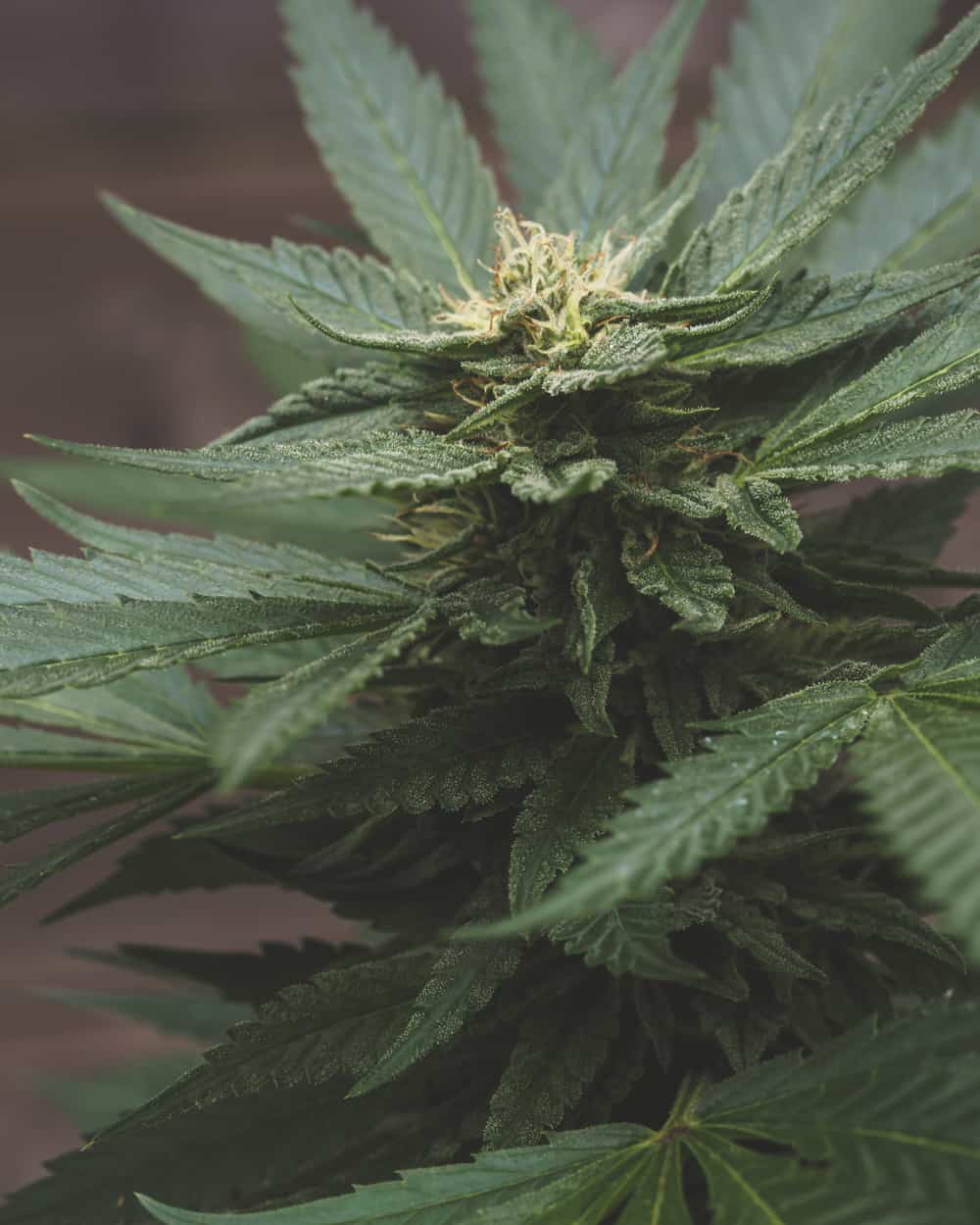
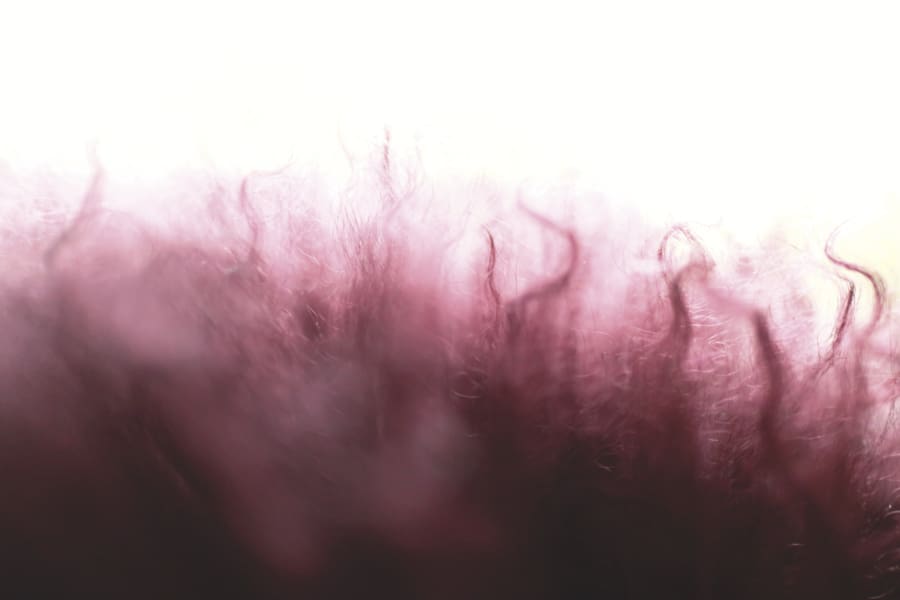
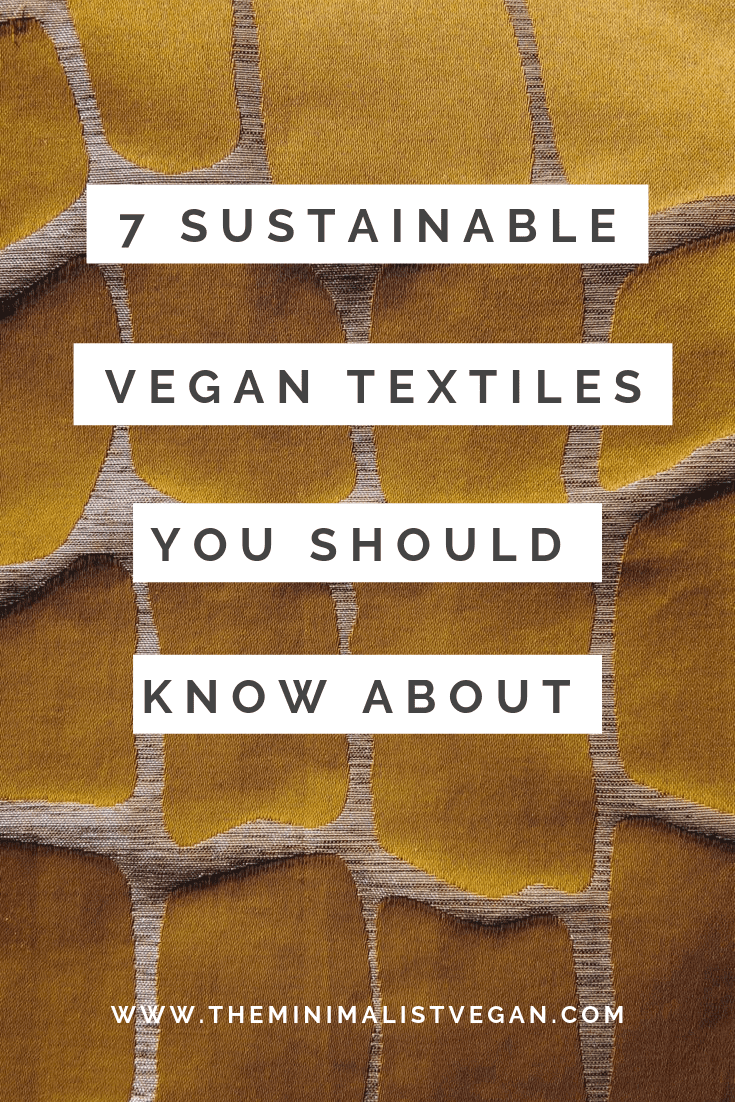
Hi,
Your article is an interesting read for Vegan people.
I would love to hear your opinion on Bemberg fiber as a Vegan Textile.
So glad you’re enjoying the content. We’re due to update this post so we’ll look into Bemberg fiber. Thanks for the suggestion.
Great article! Thank you for your insights. I was just wondering whether you came across some sustainable fabric as an alternative to nylon for tights/pantyhose?
Hi Anna, sorry just saw your comment. We personally, love the brand Bhumi, as they have a range of sustainable sourced organic cotton products including tights/leggings etc. Google them to see if their products are a good fit for you.
Great post! Thank you for this. I am adding to our Wear Aware initiative to help raise awareness.
Glad you enjoyed the post, Stacey, and thank you for adding it to your resource list.
hello! i make dolls, & was curious- you say here that soysilk can cause cancer. is this the same as soy fiber (similar to silk)?? i don’t want to buy it for doll hair, if that’s the case. thanks!
Vegan fibers? Not sure why the division of plant/animal fibers are necessary. Animal fibers are grown humanely and sustainably and offer amazing diverse fibers without the use of chemicals or solvents. Check out Fiber Shed for more information.
How are these animal fibers obtained? I did check the website but didn’t see the specific outlined.
Hello Summer, thanks for a very interesting and informative article, and the link to your publication (downloaded and part-way through reading!). I’m compiling some ‘scores’ on textiles for a few talks and a journal article – I’d never heard of Peace Silk, so decided to try and find out more. I found this http://www.wormspit.com/peacesilk.htm with a few reasons why it might not be vegan-friendly. Any views?
kind regards
Catherine
Love this post! I was wondering though, where the heck do you buy shoes?! I’ve been trying to find boots and it seems impossible to find quality vegan shoes that aren’t totally plastic. I don’t even care if they are expensive, I just want something I can feel good about purchasing. Any suggestions?
Hi Haley, we’re just catching up on comments from this post. We can relate to your struggles when it comes to finding quality vegan boots which are not made from plastic. To be honest, we don’t have an answer, as the technology is not quite there yet. We’ll be publishing a post in the coming weeks breaking down vegan leather, which may re-open up the conversation with Eco-Certified PU as a viable material.
Thank you for a really informative article. Great read and a fantastic starting point for more research for me.
Hi Claire, sorry just catching up on old comments! Glad you found this post useful to inspire you to go more in-depth in your research for sustainable vegan fashion
Great article. I am not vegan but always looking to live more sustainably. Thanks.
You’re welcome Avana 🙂 Thank you for being open.
Such an informative article! I was excited to learn about the pineapple textiles. So cool! I’m a sustainable fashion blogger bringing the style to sustainable fashion. I love how this industry is growing and the innovations being made.
It’s an exciting time in the fashion industry. At the same time, we still have a long way to go. Thank you for servicing the sustainable fashion community.